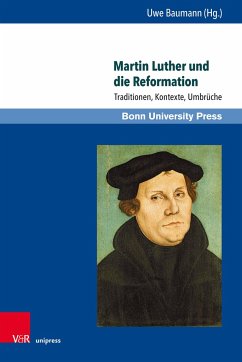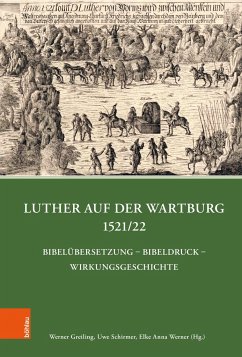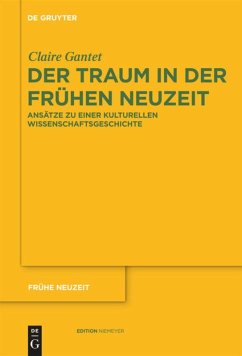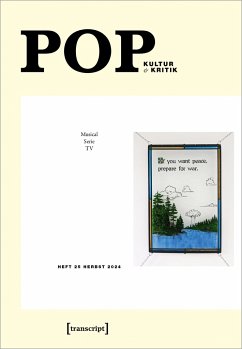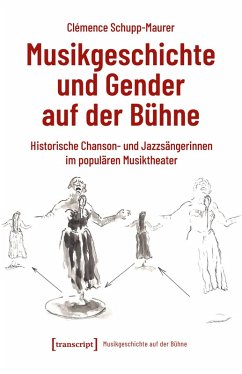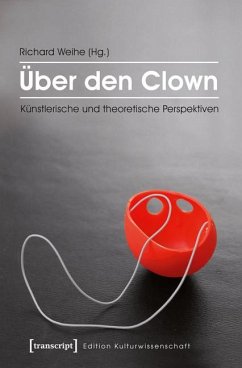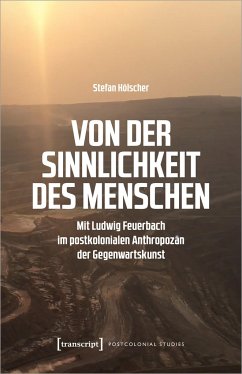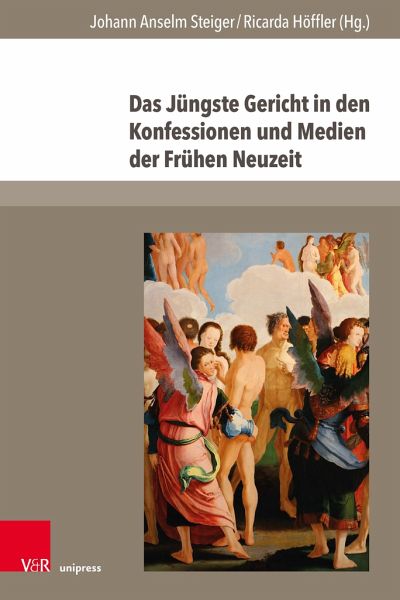
Das Jüngste Gericht in den Konfessionen und Medien der Frühen Neuzeit

PAYBACK Punkte
0 °P sammeln!
Das Jüngste Gericht wurde in der Frühen Neuzeit konfessionsübergreifend mit größter Aufmerksamkeit bedacht und in allen verfügbaren Medien thematisiert - sei es in der Literatur, der geistlichen Musik, der bildenden Kunst oder auf der Theaterbühne. Der Band dokumentiert die Ergebnisse einer interdisziplinären Tagung, die das DFG-Graduiertenkolleg 2008 "Interkonfessionalität in der Frühen Neuzeit" der Universität Hamburg gemeinsam mit der Reformationsgeschichtlichen Forschungsbibliothek Wittenberg veranstaltete, um die frühneuzeitliche Reflexion des Jüngsten Gerichts aus historisch...
Das Jüngste Gericht wurde in der Frühen Neuzeit konfessionsübergreifend mit größter Aufmerksamkeit bedacht und in allen verfügbaren Medien thematisiert - sei es in der Literatur, der geistlichen Musik, der bildenden Kunst oder auf der Theaterbühne. Der Band dokumentiert die Ergebnisse einer interdisziplinären Tagung, die das DFG-Graduiertenkolleg 2008 "Interkonfessionalität in der Frühen Neuzeit" der Universität Hamburg gemeinsam mit der Reformationsgeschichtlichen Forschungsbibliothek Wittenberg veranstaltete, um die frühneuzeitliche Reflexion des Jüngsten Gerichts aus historisch-theologischer, literaturwissenschaftlicher, kunst- und musikhistorischer sowie geschichtswissenschaftlicher Perspektive zu beleuchten. Besonderes Augenmerk gilt dabei nicht nur den konfessionsspezifischen Ausprägungen im Umgang mit der Gerichtsthematik in ihren vielfältigen medialen Facetten, sondern auch der Frage, wie das Zusammenwirken verschiedener Medien die Auseinandersetzung mit dem iudicium extremum und seinem baldigen Kommen bestimmte.
Early modern Christians paid a a great deal of attention to the Last Judgment - across all denominations and all media, be it literature, sacred music, the visual arts or on the theatrical stage. The papers assembled in this volume aim to explore the multifaceted ways in which both Catholics and Protestants reflected upon the Day of Judgment, examining not only the distinctions between the Christian denominations but also their shared characteristics. From a great variety of academic perspectives, ranging from theology to art history and to historical musicology, the fifteen case studies offer an insight into early modern apocalyptic thinking and its manifold manifestations in the arts while also taking a look at the role which intermedial constellations played in representing the imminent iudicium extremum.
Early modern Christians paid a a great deal of attention to the Last Judgment - across all denominations and all media, be it literature, sacred music, the visual arts or on the theatrical stage. The papers assembled in this volume aim to explore the multifaceted ways in which both Catholics and Protestants reflected upon the Day of Judgment, examining not only the distinctions between the Christian denominations but also their shared characteristics. From a great variety of academic perspectives, ranging from theology to art history and to historical musicology, the fifteen case studies offer an insight into early modern apocalyptic thinking and its manifold manifestations in the arts while also taking a look at the role which intermedial constellations played in representing the imminent iudicium extremum.




